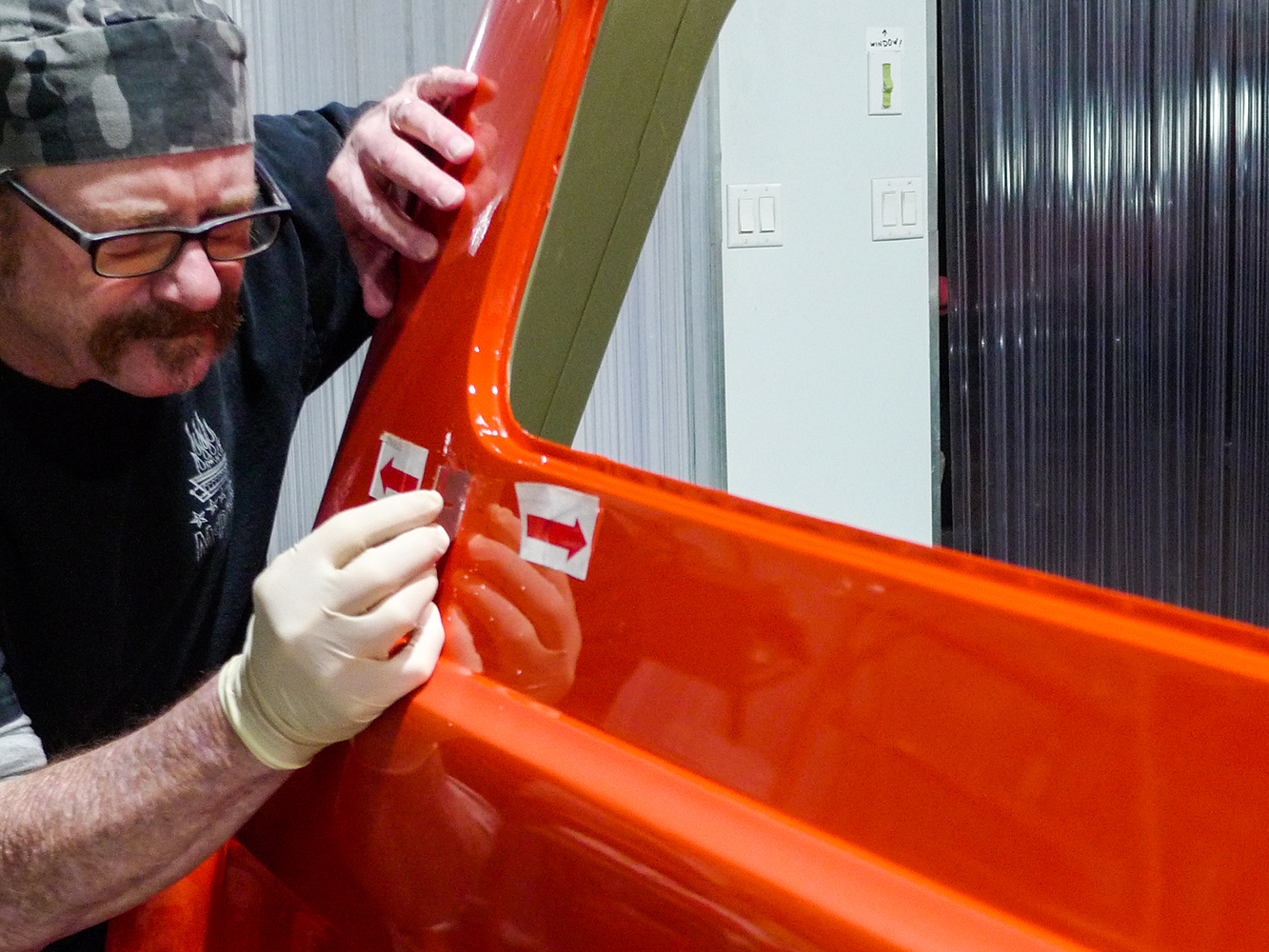By “Rotten” Rodney Bauman – Images by the Author
It’s often said that the best painters are those who can fix their mistakes. As a painter myself, I’d like to think there’s a little more to it than that.
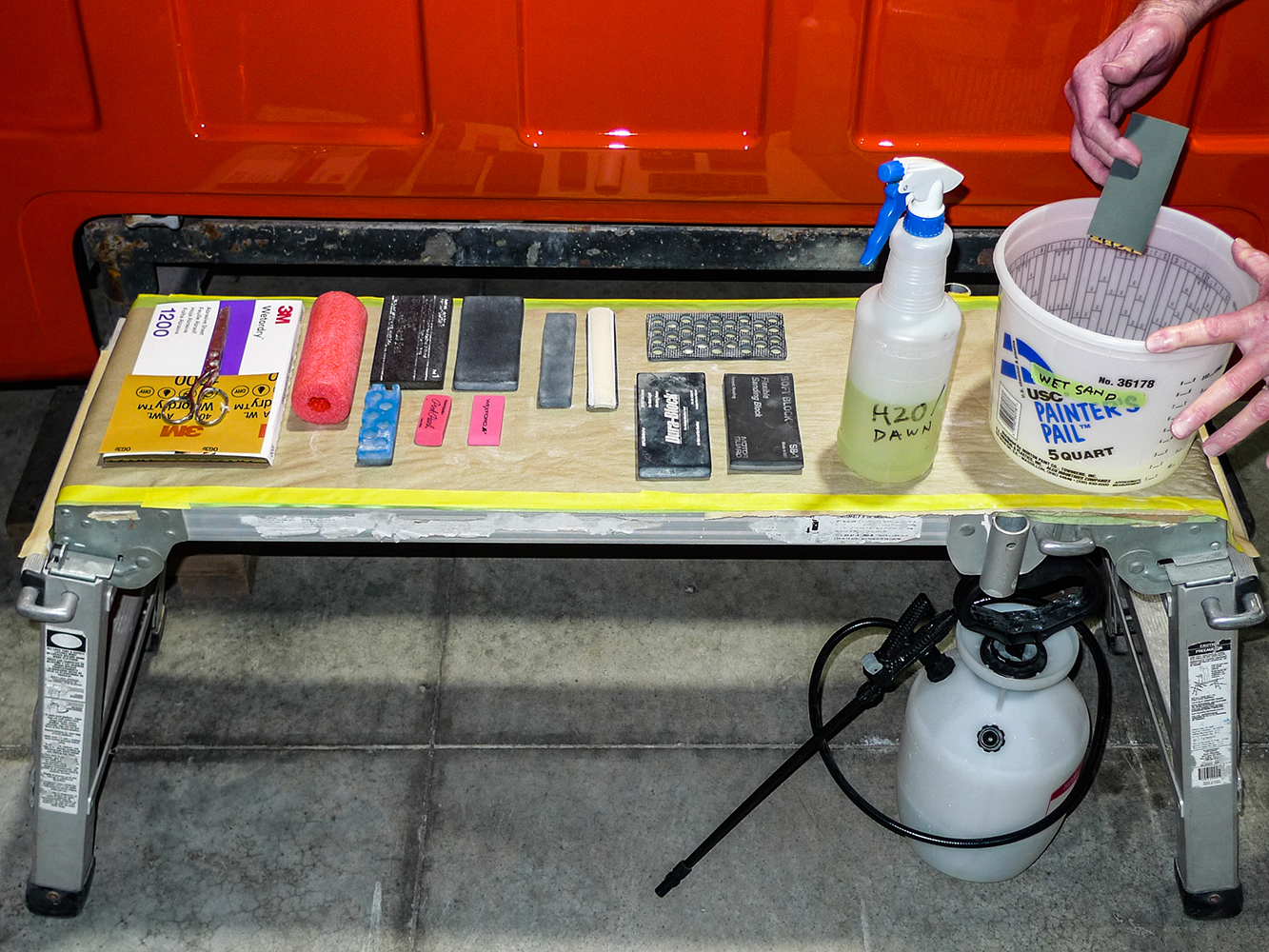
As an apprentice in the 1970s I did a whole lot of prepwork. During that time I saw painters come and go. On one memorable occasion a guy claiming to be an experienced painter approached the boss, seeking employment. The interview went something like this: “Do you get runs?” “No,” replied the applicant. “Then you’re no painter,” retorted the boss.

You could say it just goes with the territory—even the very best painters get runs, sags, curtains, hangers. Some painters call them gravity tests. Others call theirs flow indicators. In our own shop we like to call them “rod runs”—and as the designated painter, I do indeed get them.
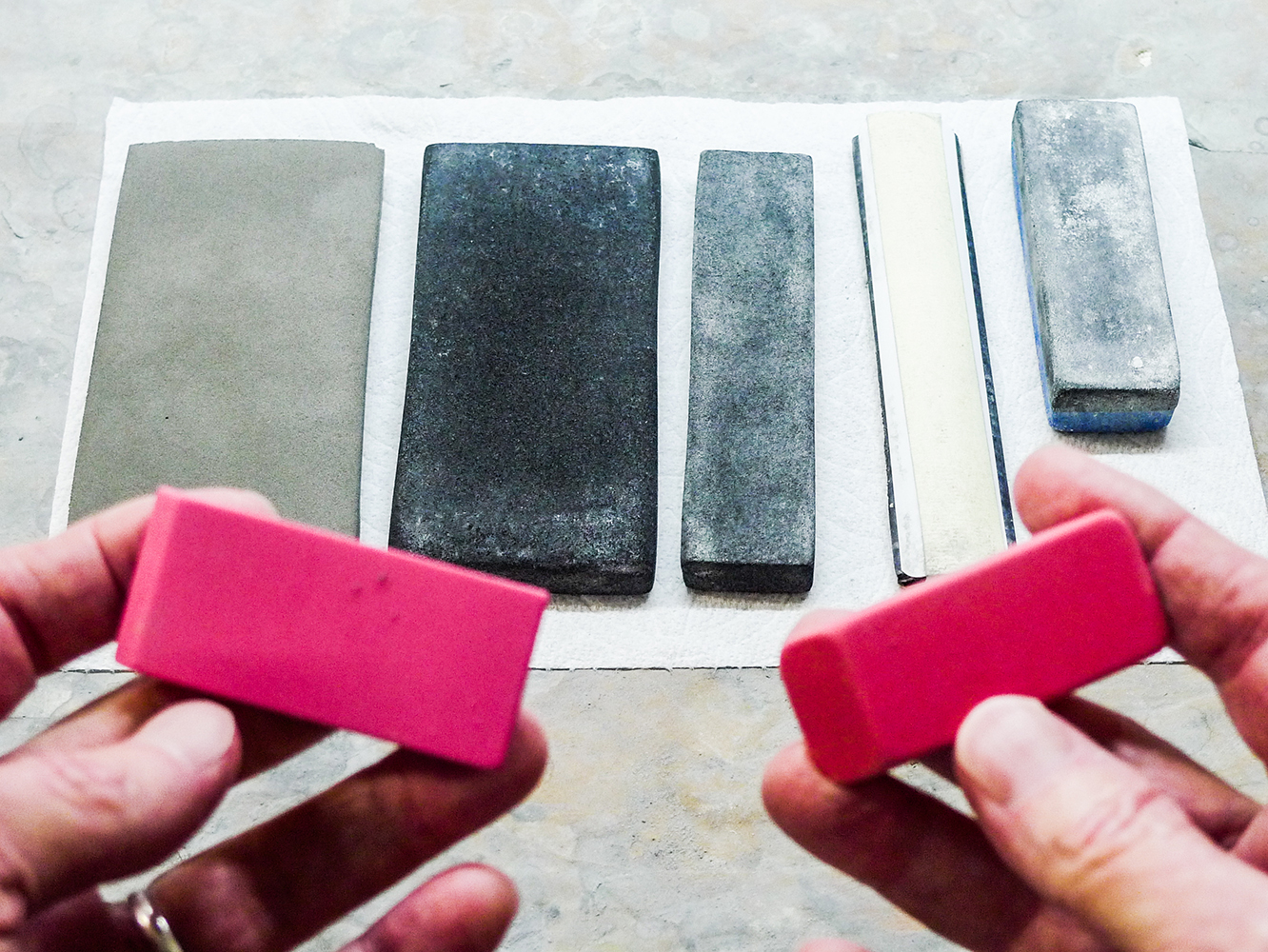
It’s not unusual for the topic of run repair to be touched upon in paint-related tech. Perhaps I’m missing something, but so far I don’t recall anything really step by step or in-depth about it.

These days, of course, we do have online tutorials to weed through. Is it me, or is the videography too-commonly nauseating? How can we learn when we must look away?

On those notes, we know the upcoming technical portion of our own little run repair how-to had better be easy to follow. It should be. It’s been well-thought-over. Truth be told, this one’s been on my to-do list for quite a long time.
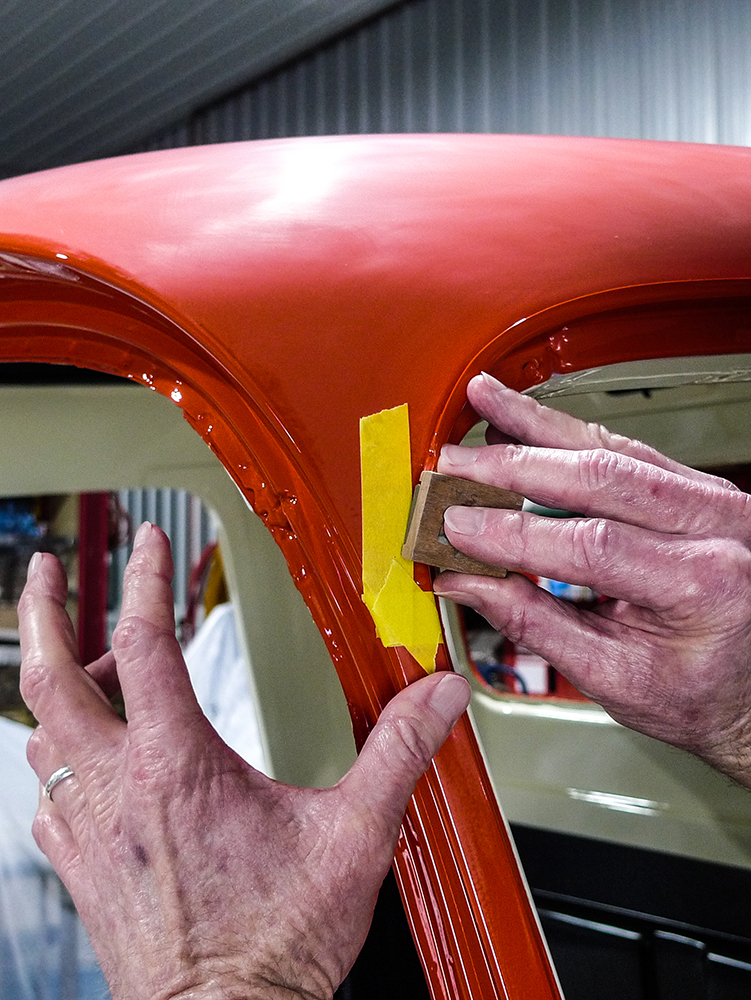
Back when the notion was new, I contacted a few of my painterly pals. I asked each of them to give me a call next time they got a run. That was quite a while back. Time’s gone by; nobody’s called. So lately I’ve been thinking, this might as well take place in our own shop!
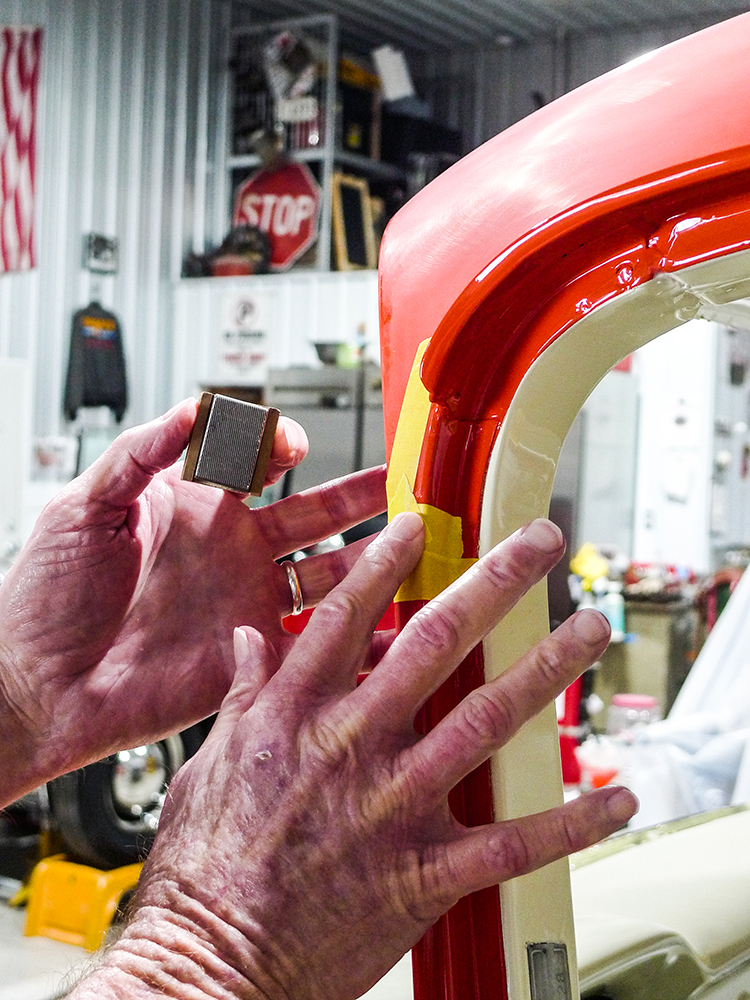
If you’ve been with us, you might recognize our 1955 Chevy Second Series build as it’s provided subjects for CTP tech before. At the time of this typewriting, we have a cab, doors, fenders, and the B-side of a hood all in color. Sort of fortunately, I got a few little runs in the final coat of clear.

Just as it’s flowed from the gun, the largest run is at the left-lower corner of the back glass. The left-side A-pillar has minor dribbles on its edges, and there’s a similar dribble on the right-side B-pillar doorjamb’s edge.

All in all, to this point our paintwork has gone pretty smooth. For the stage we’re in, it’s about as slick as we’d ever hope for—and like other painters I know, I’d rather have a run than a dry spot. Large or small, runs can usually be repaired.

Here, mainly just for a dramatic effect, I kind of wish my runs were larger. On the other hand, I can’t help being happy that they’re not. If you’ll give me a chance, however, it could still happen. This paintjob is far from finished.

Out back in our car barn, on pallet racks, still in their boxes, there’s every piece of a complete shortbed assembly just waiting for attention. It’s all brand-new/reproduction stuff that I went and picked up at Premier Street Rod.

If you have the opportunity, a Premier open house is an impressive pitstop. My own last visit took place on a weekday. It was worth the trip for me just to get the bigger stuff in stock here on our own shelves.
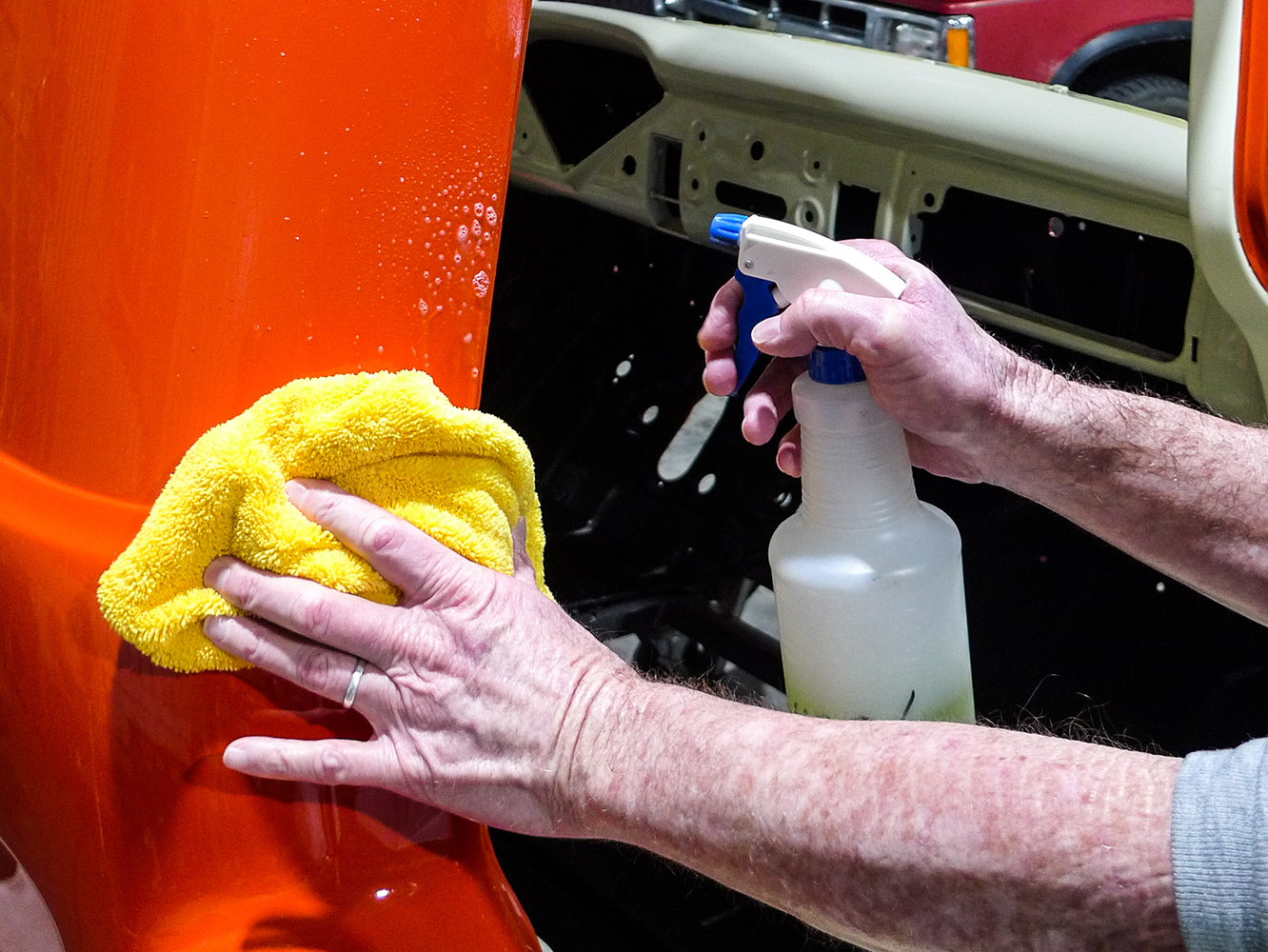
As a personal preference, I like to paint body panels in the types of positions in which they belong. For example, I wouldn’t paint doors with their skin-sides up. I’d hang them vertically. In certain instances, that’d be for color consistency, but for this job it’s mainly so texture is consistent with that of adjoining panels. Runs or no runs, it all gets cut and buffed anyway, but I still like that consistent texture to begin with.
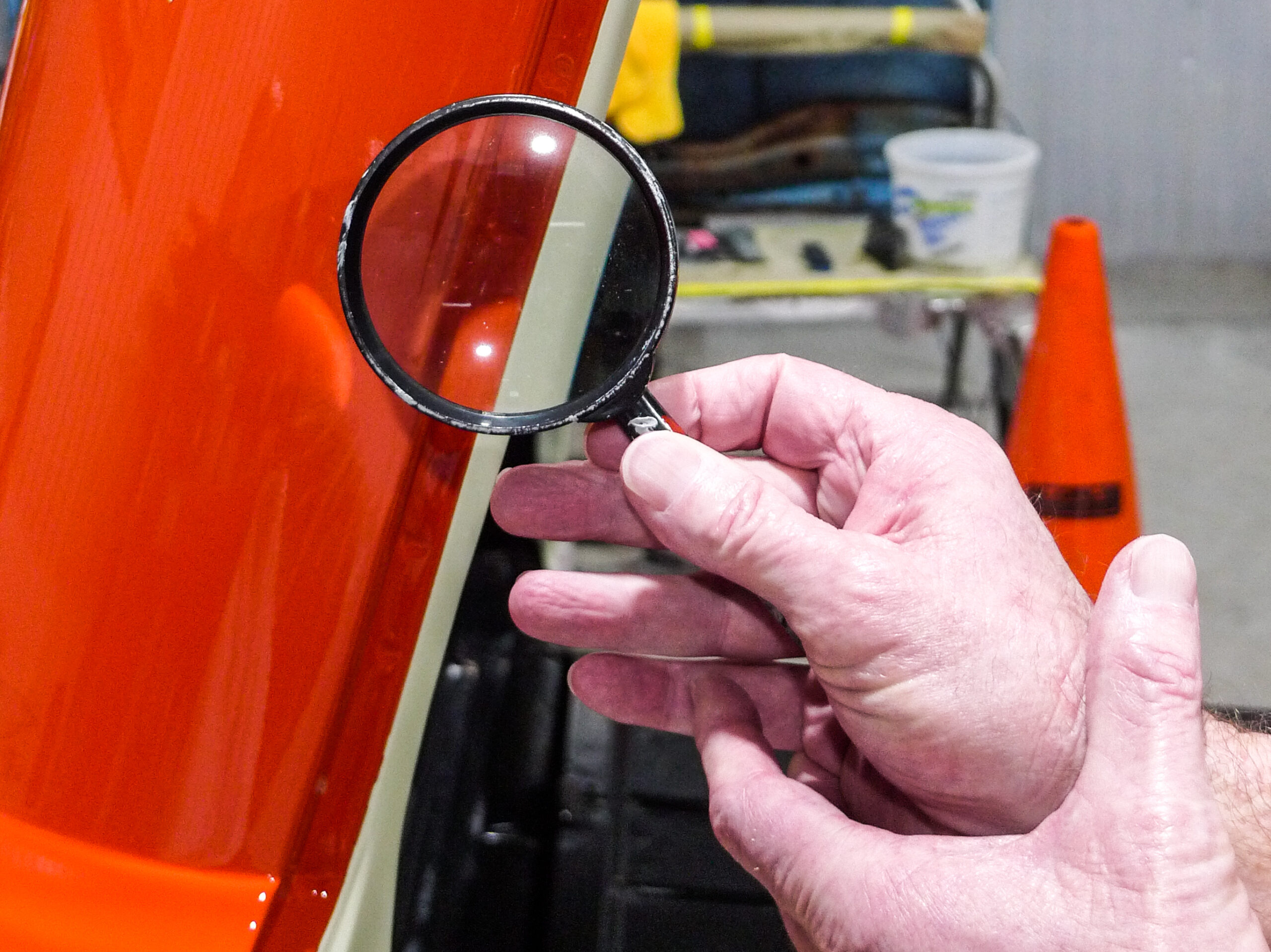
So, a little later on, with new/repro bedsides hung from fixtures in their natural, vertical positions, I just might run them off big time! If that doesn’t actually happen, it’s OK. We’ve already got a good variety of shapes in need of run repair.
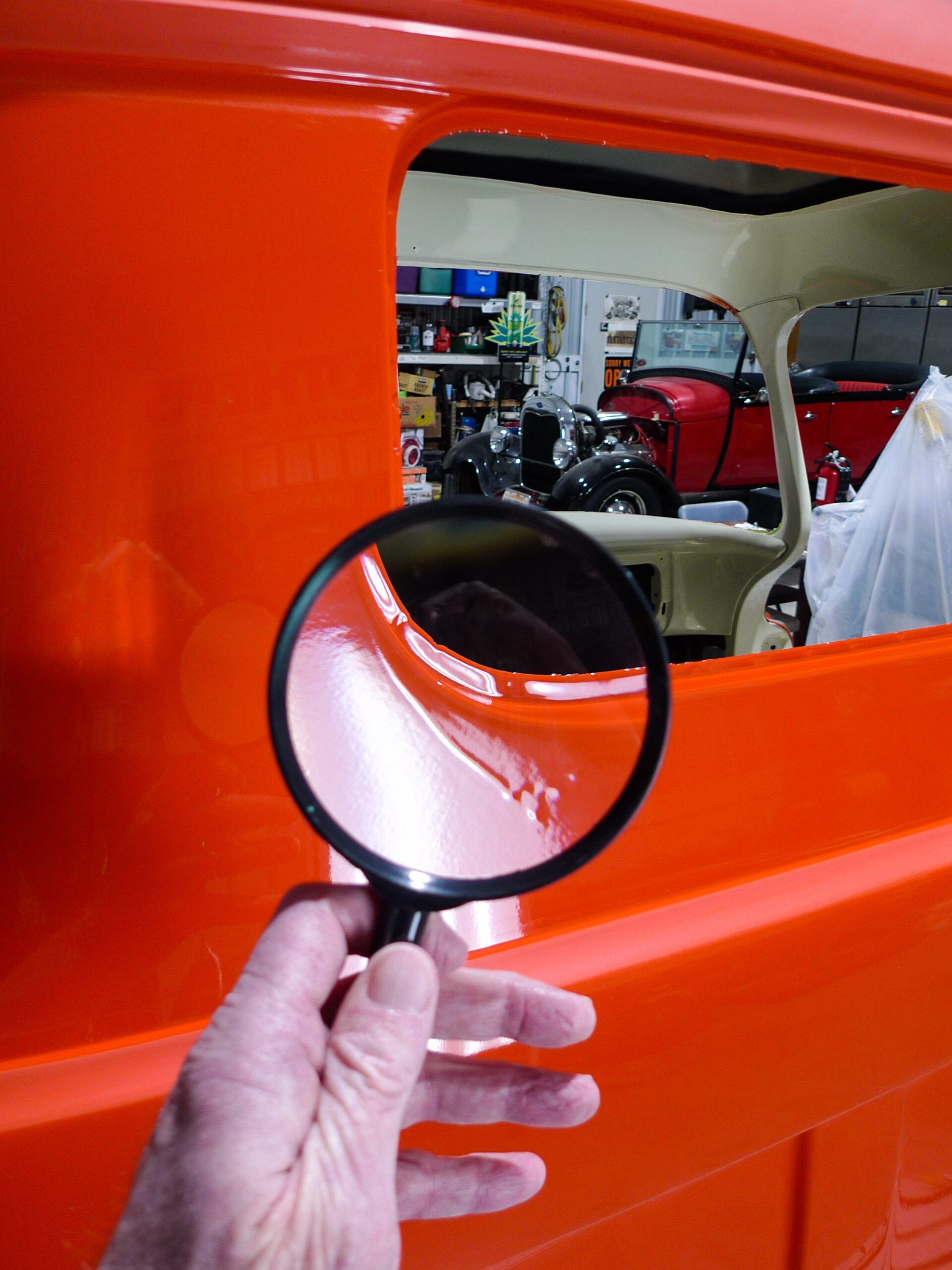
Now, as we actually begin, this won’t be just to demonstrate how one old painter can fix his own mistakes. This is mostly meant to demonstrate how you can fix yours, too.


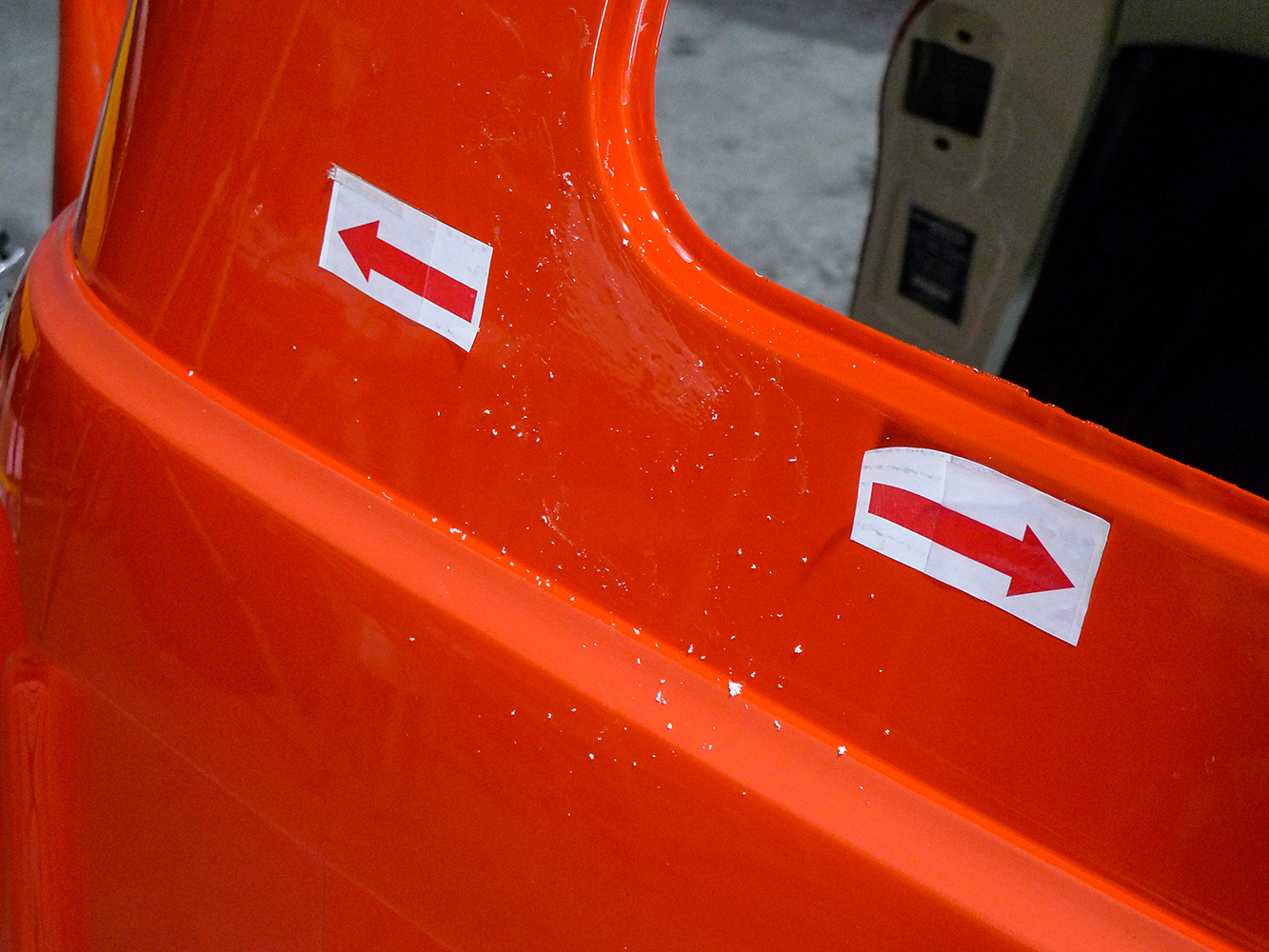

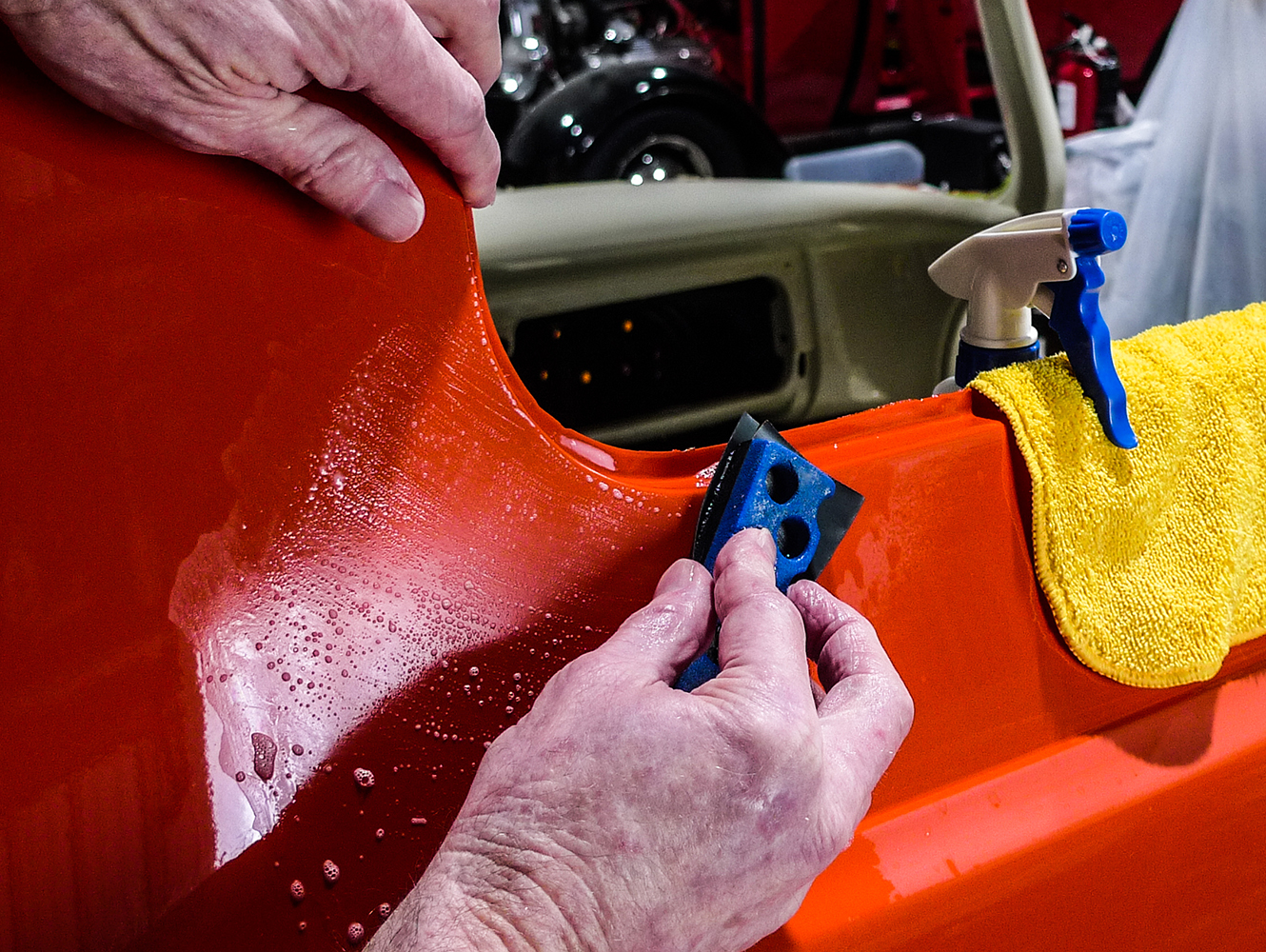



Check out this story in our digital edition here.
Sources
Premier Street Rod
(800) 447-5000
info@premierstreetrod.com
Summit Racing Equipment
(800) 230-3030
summitracing.com











